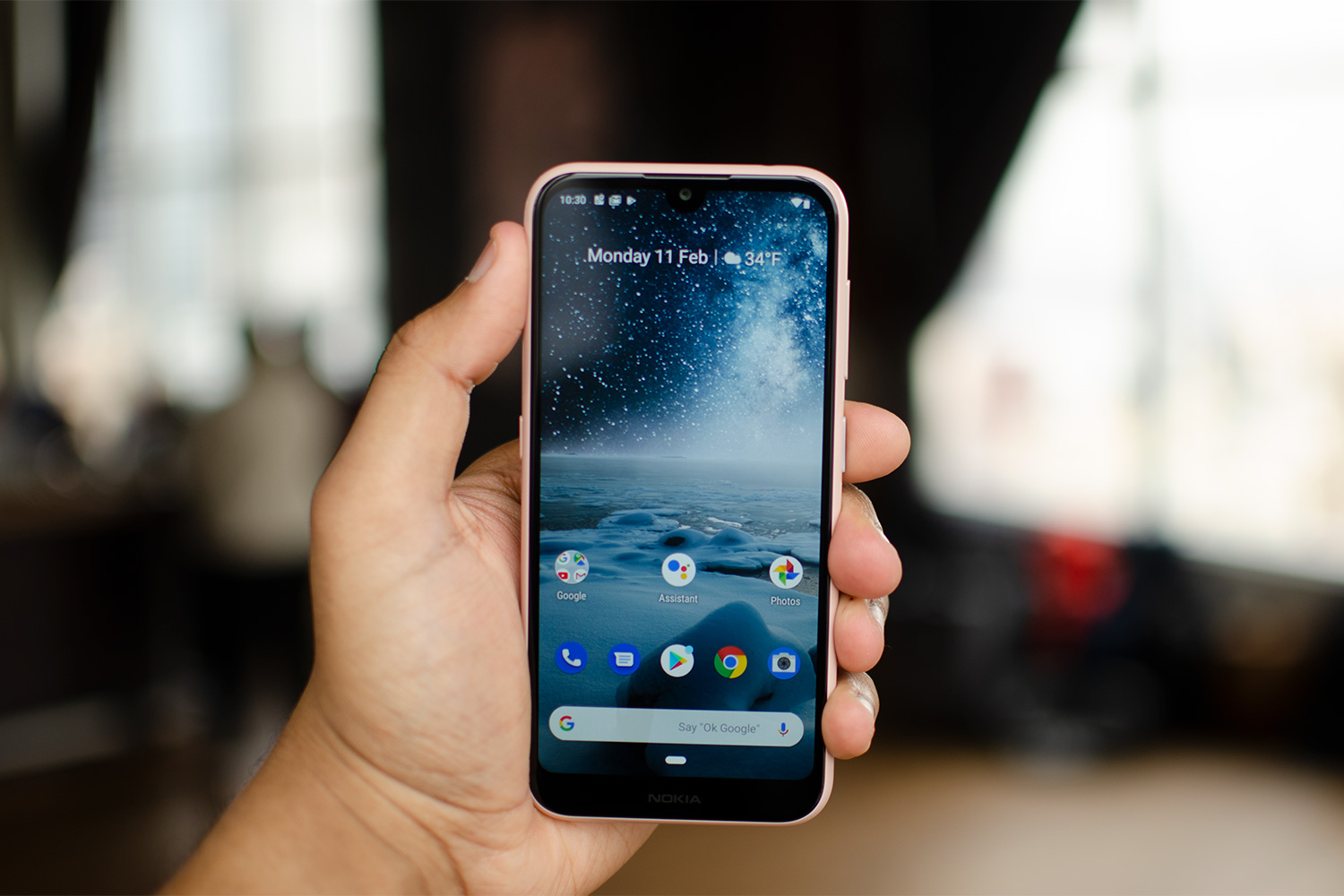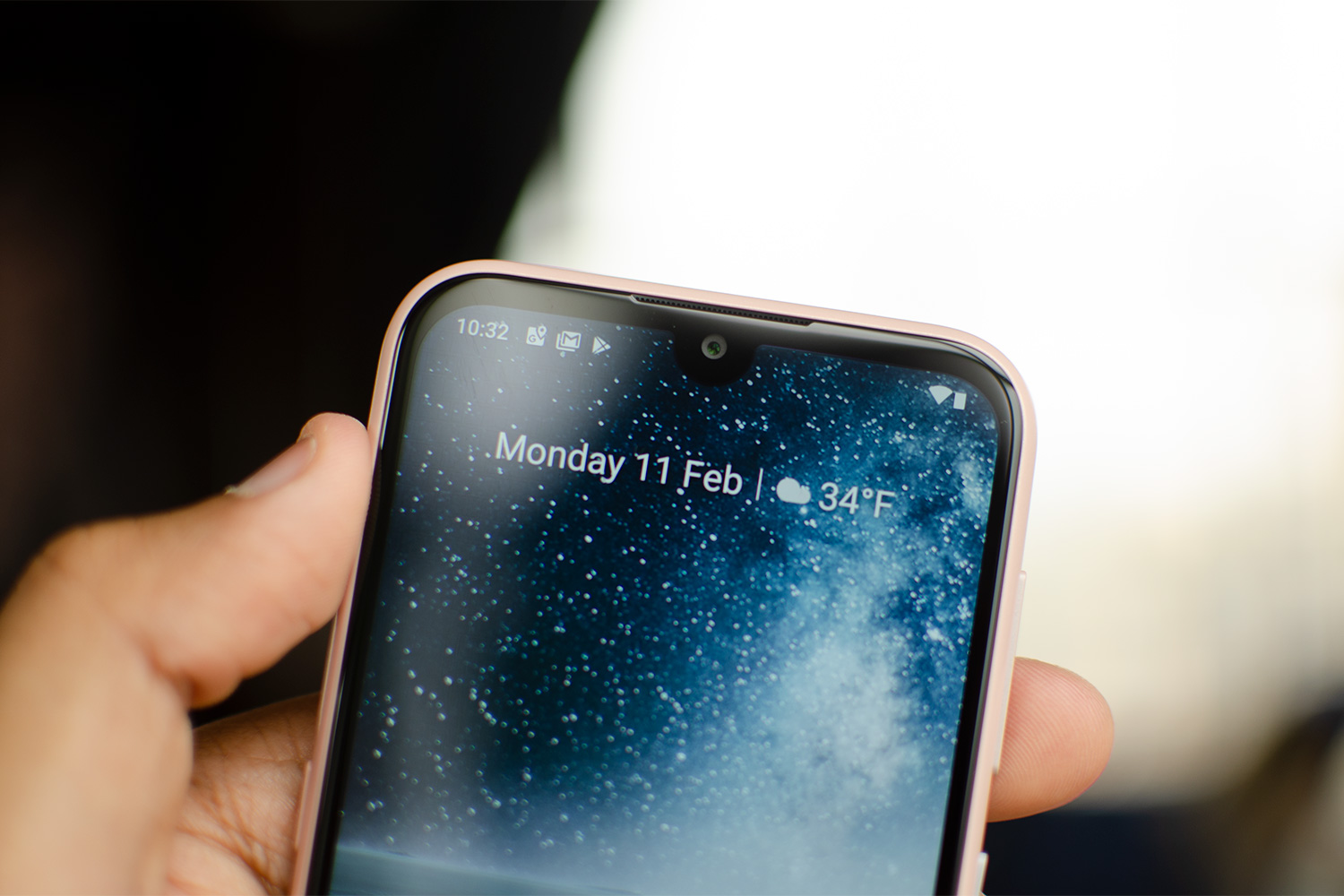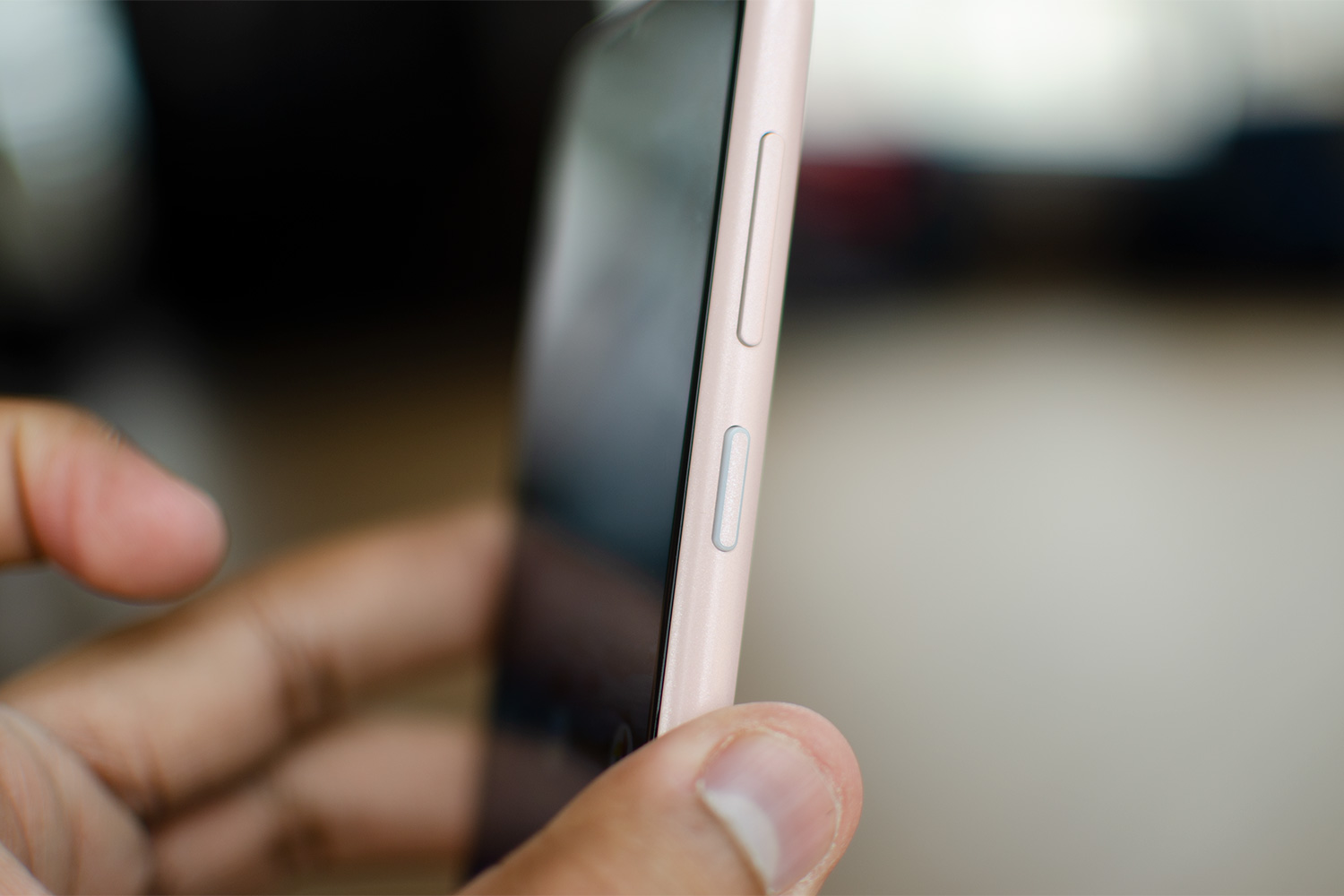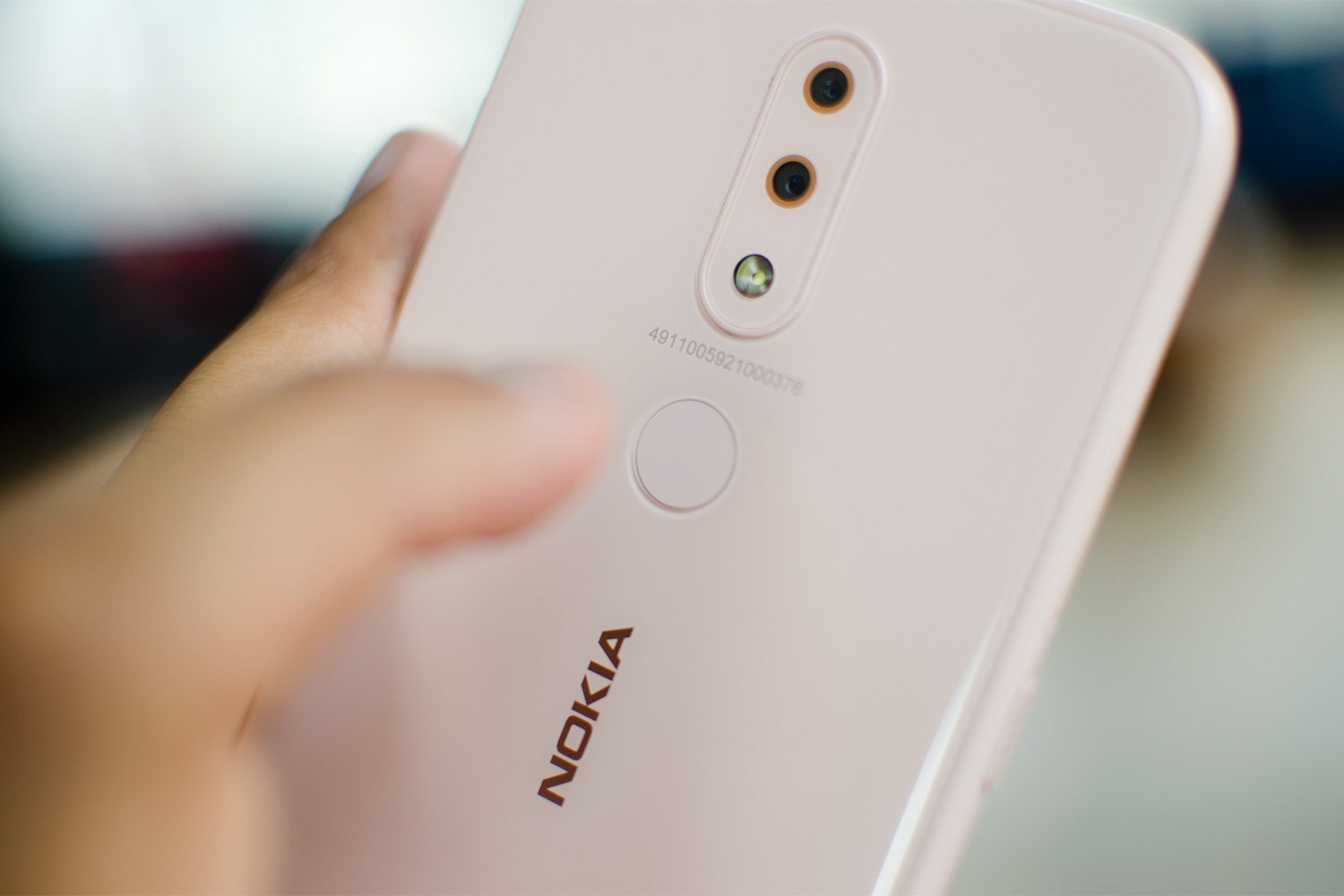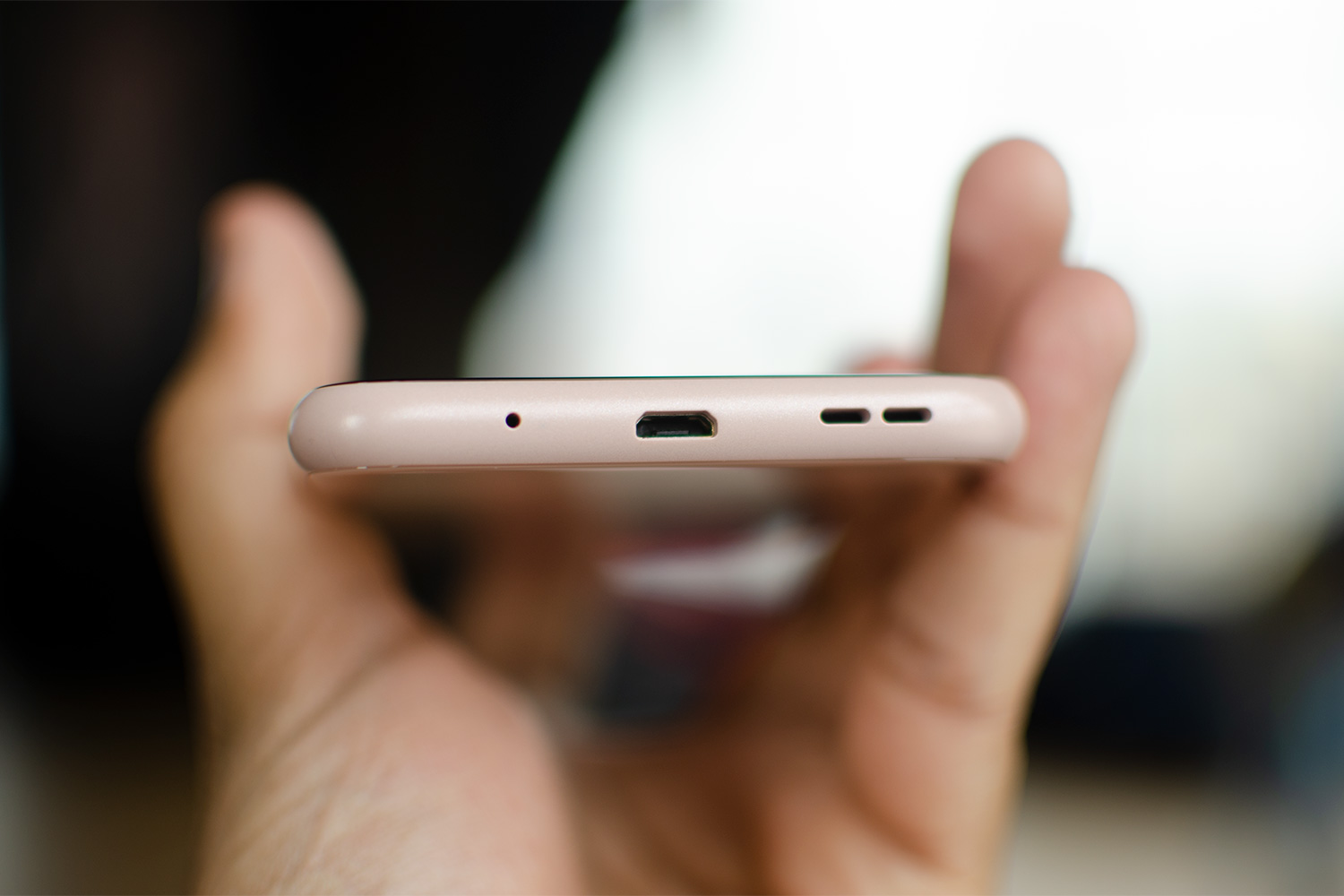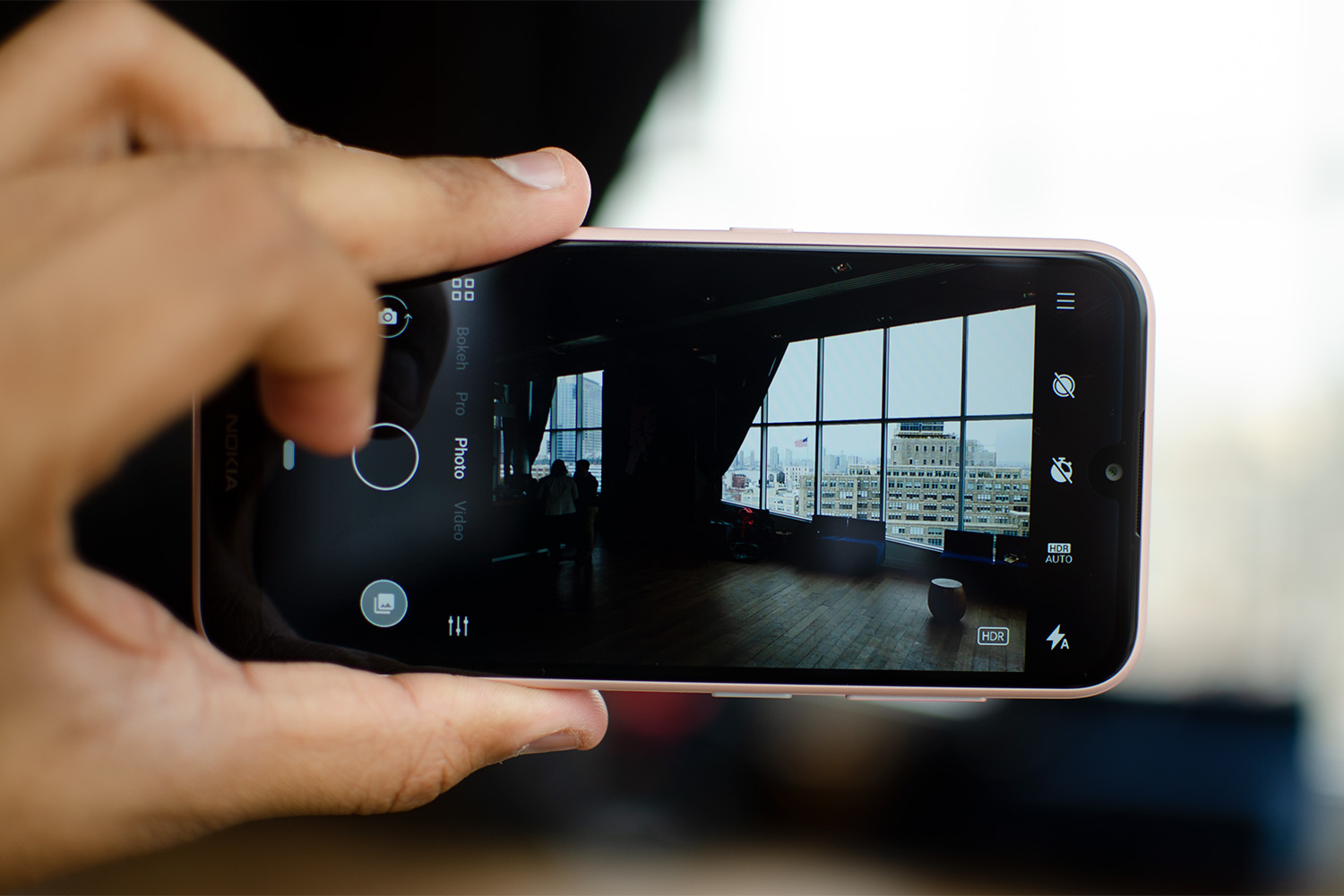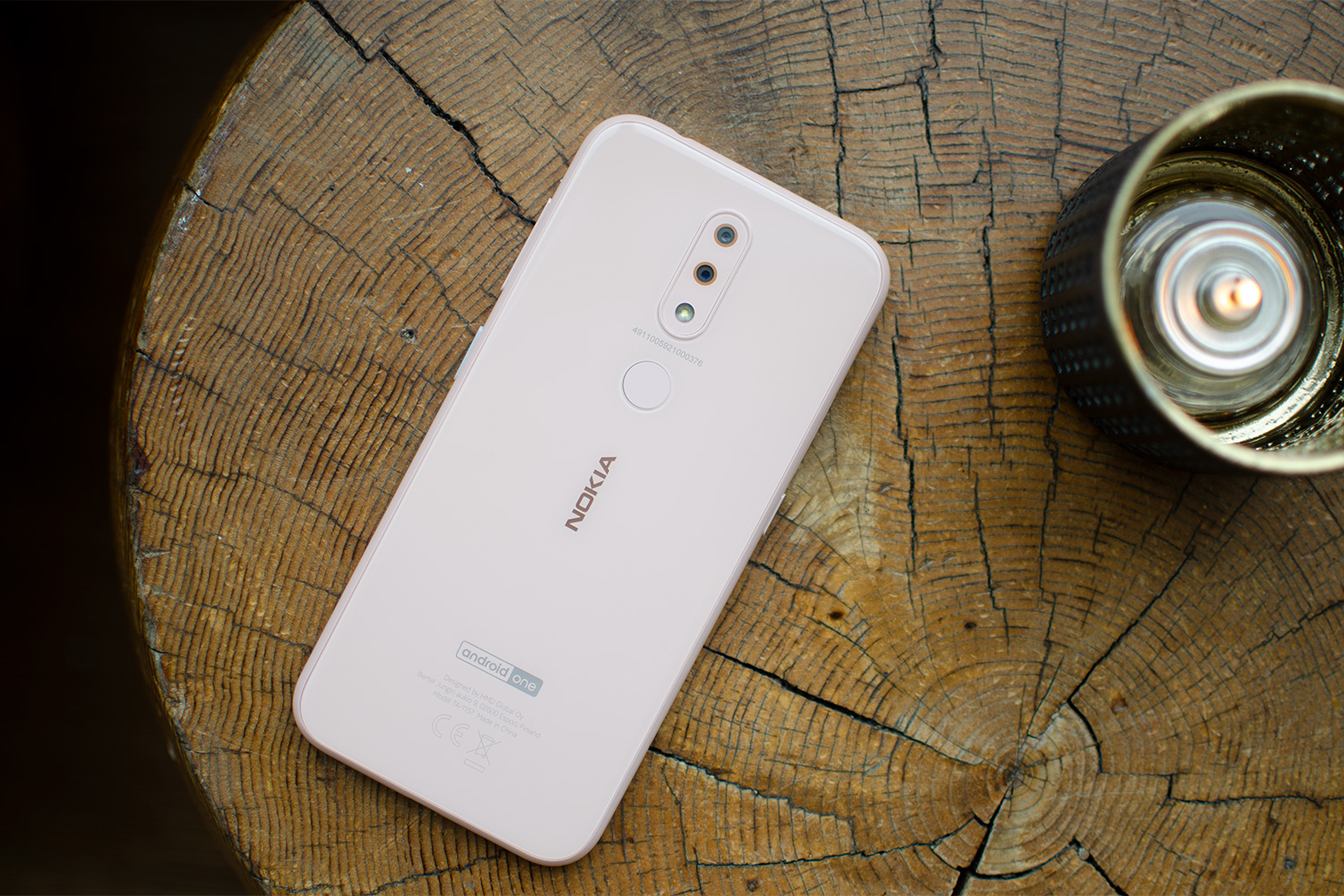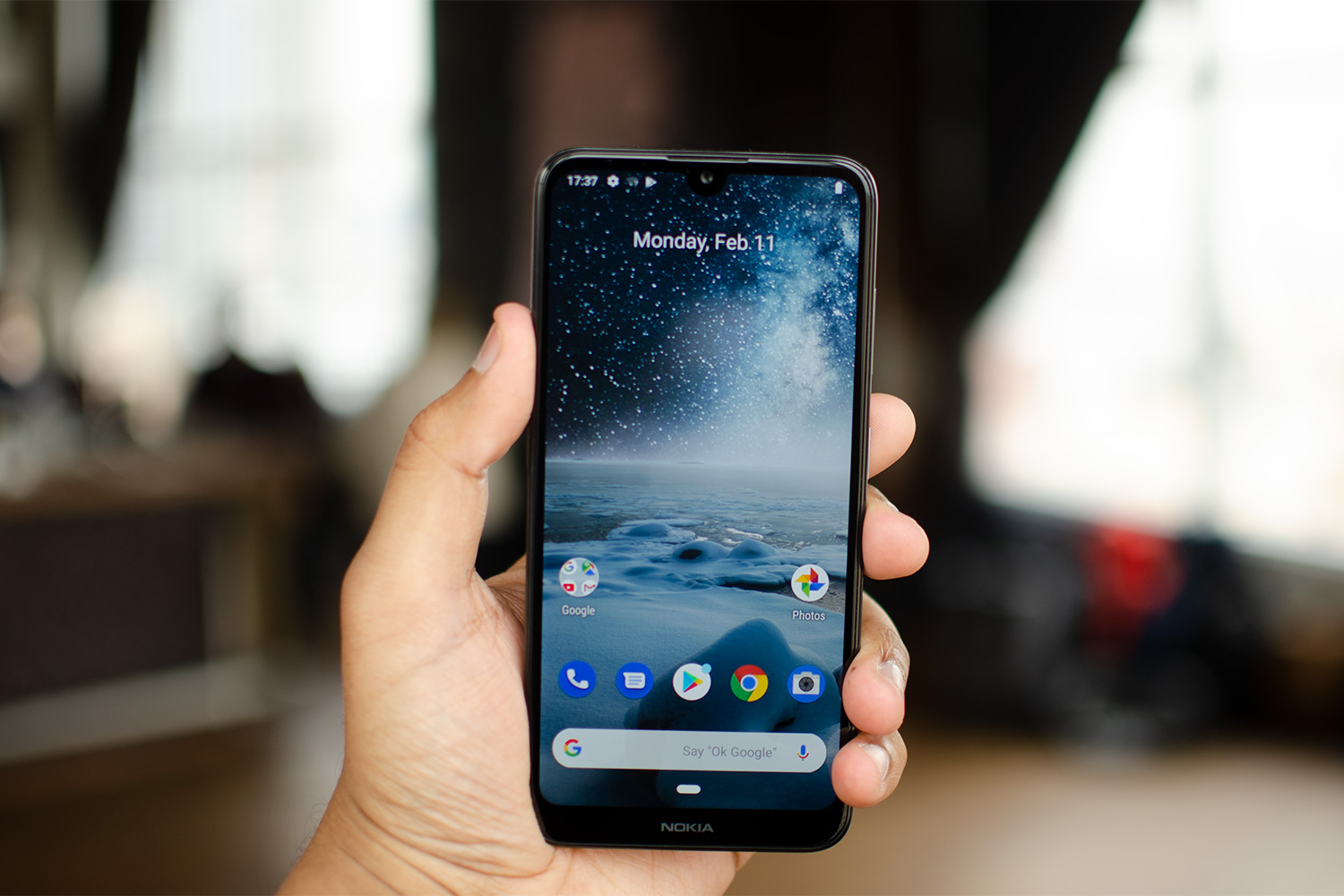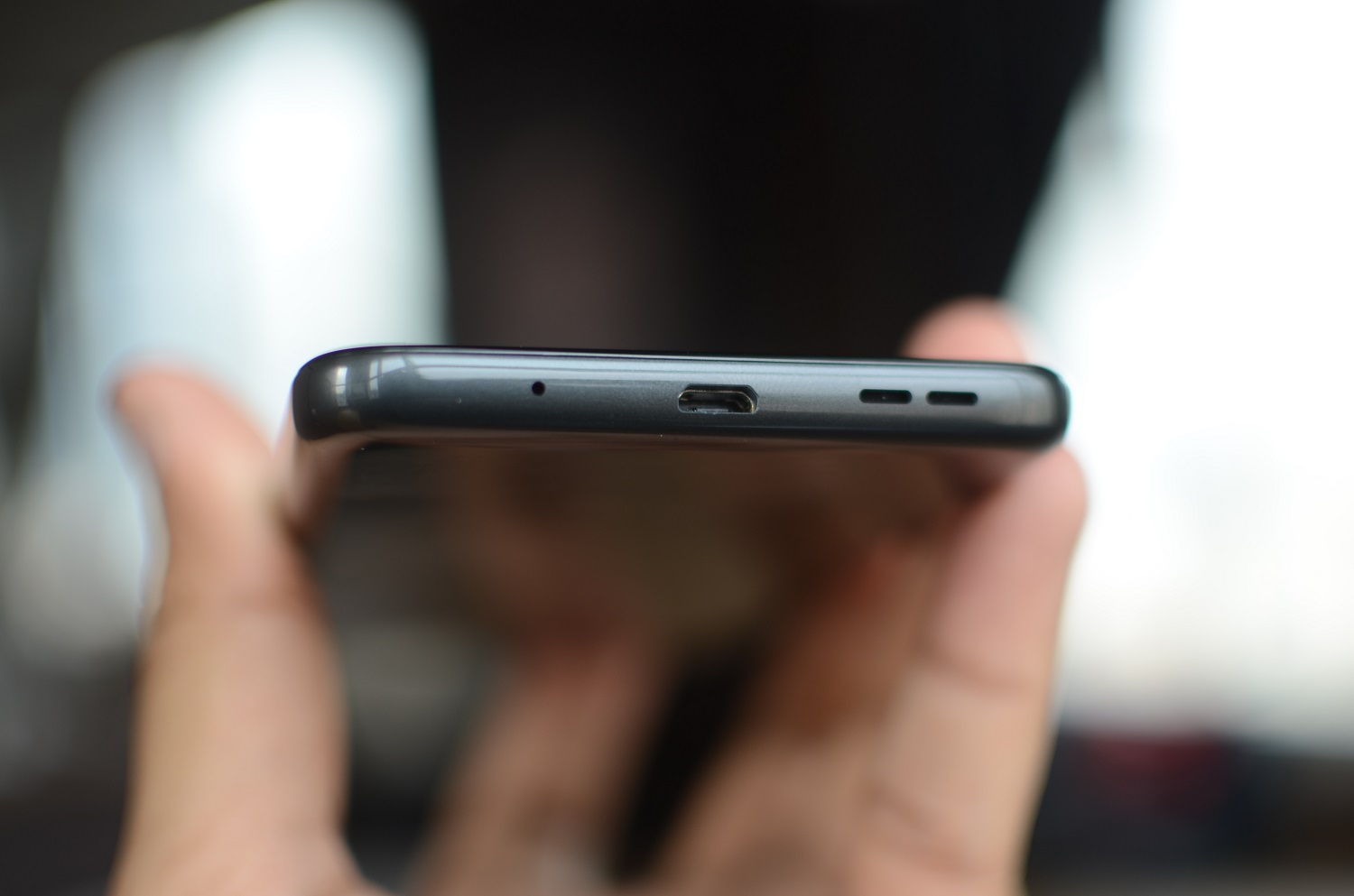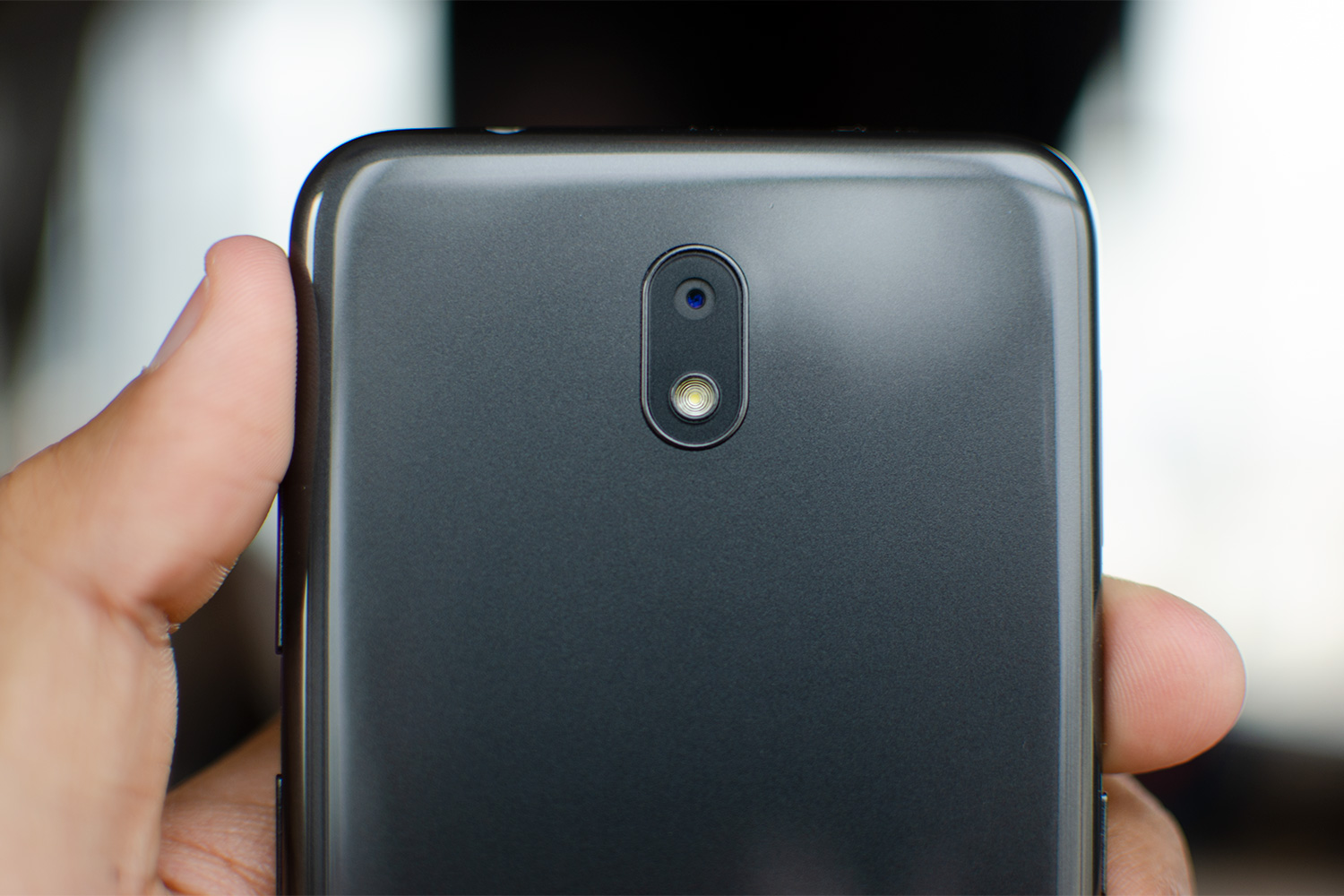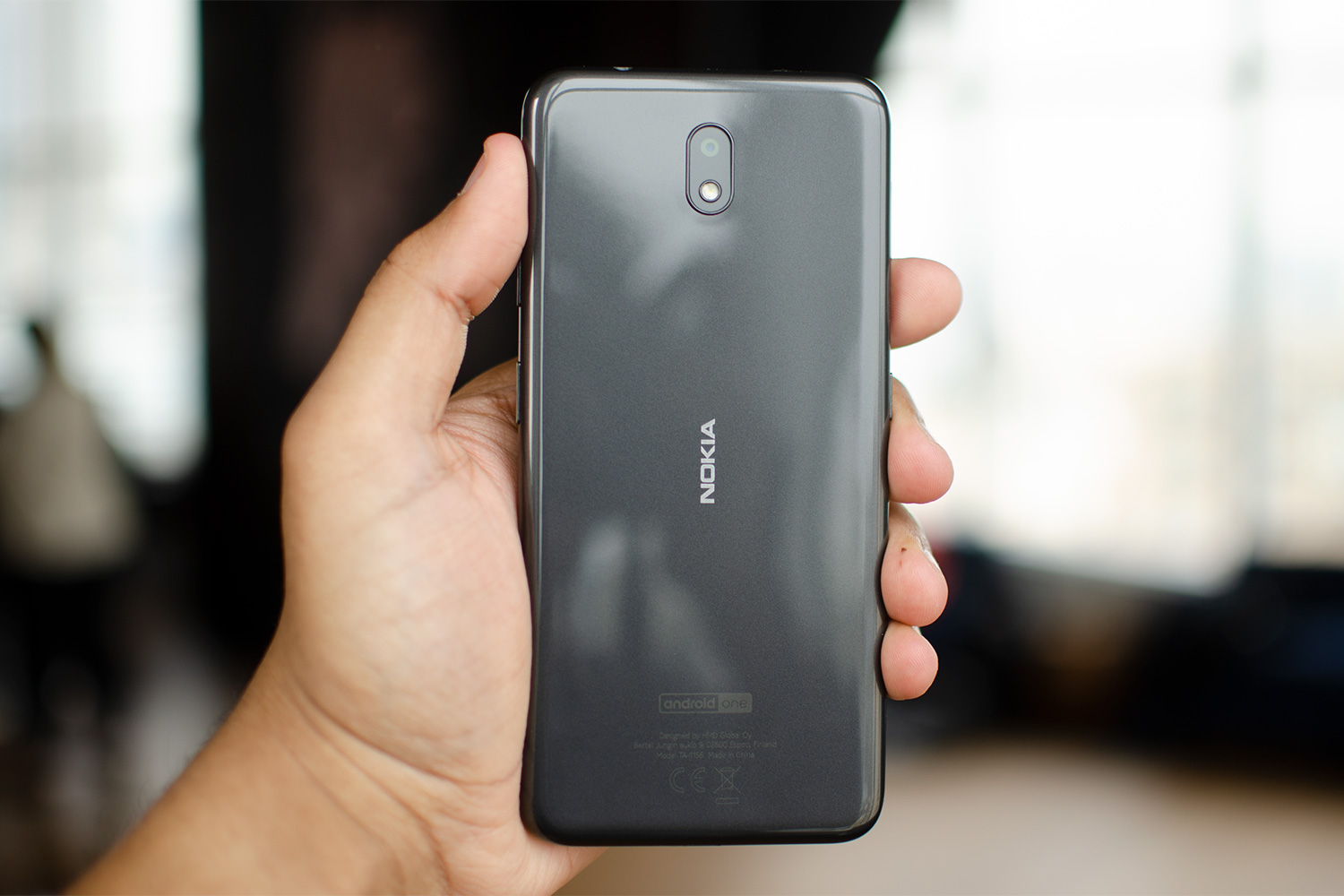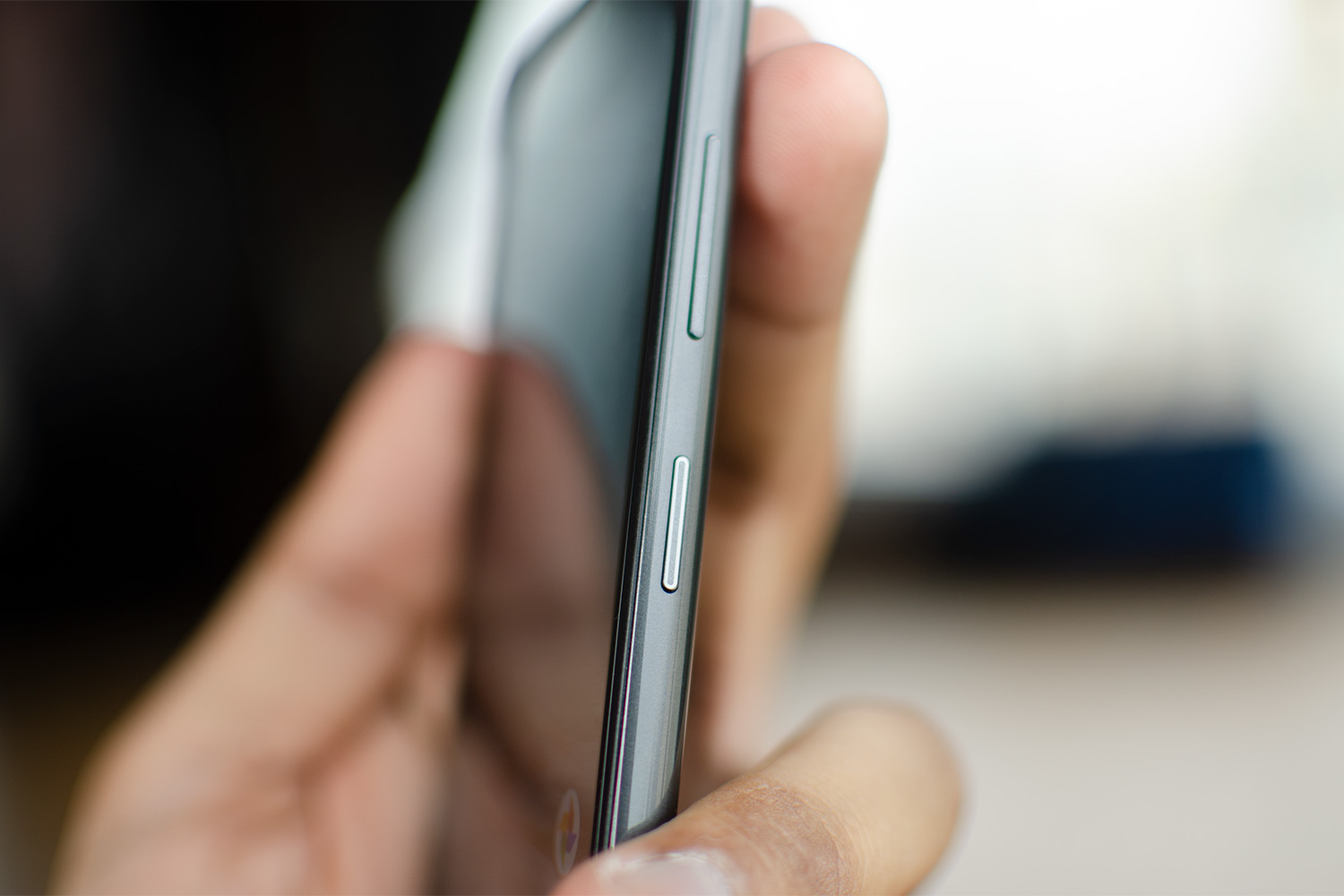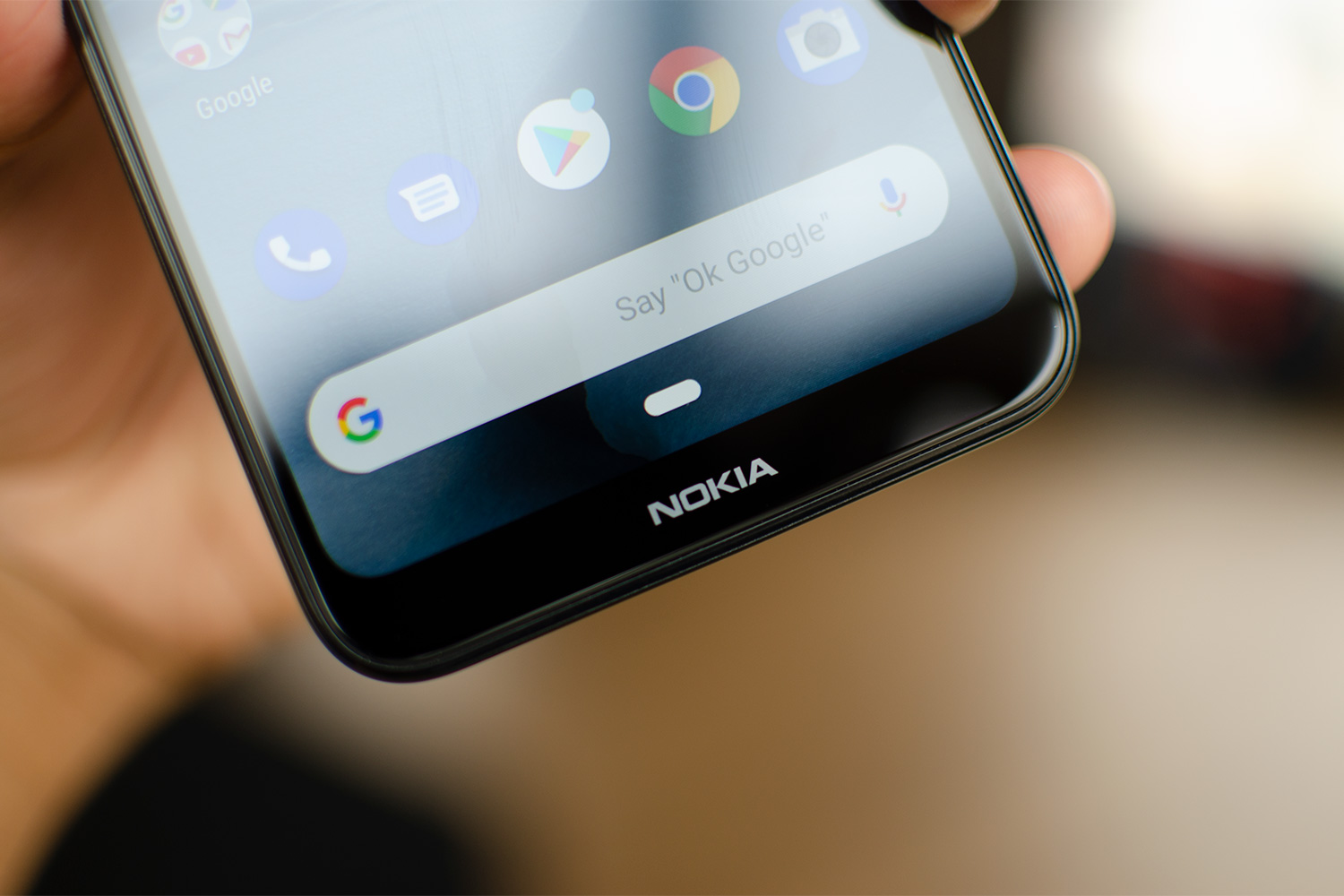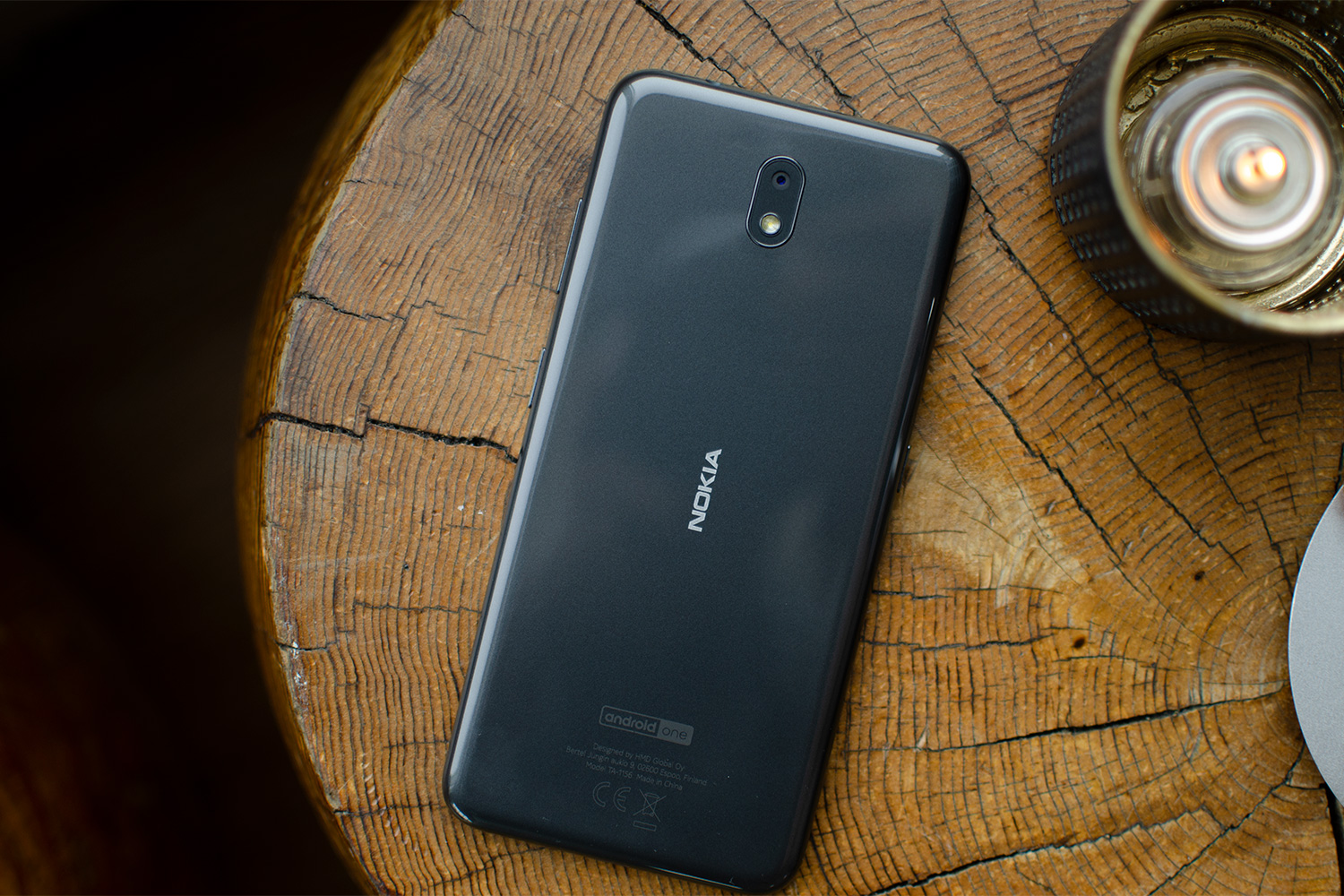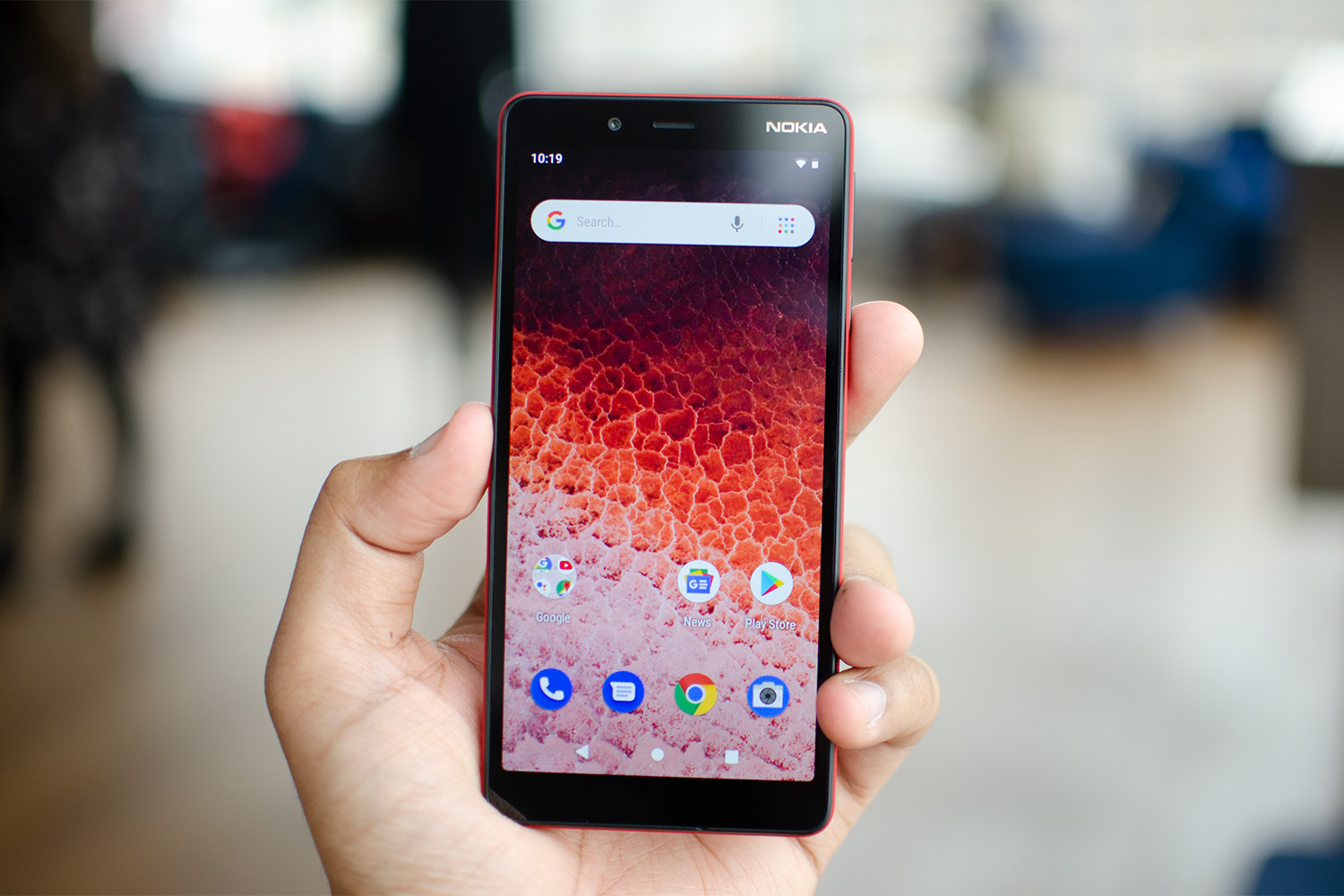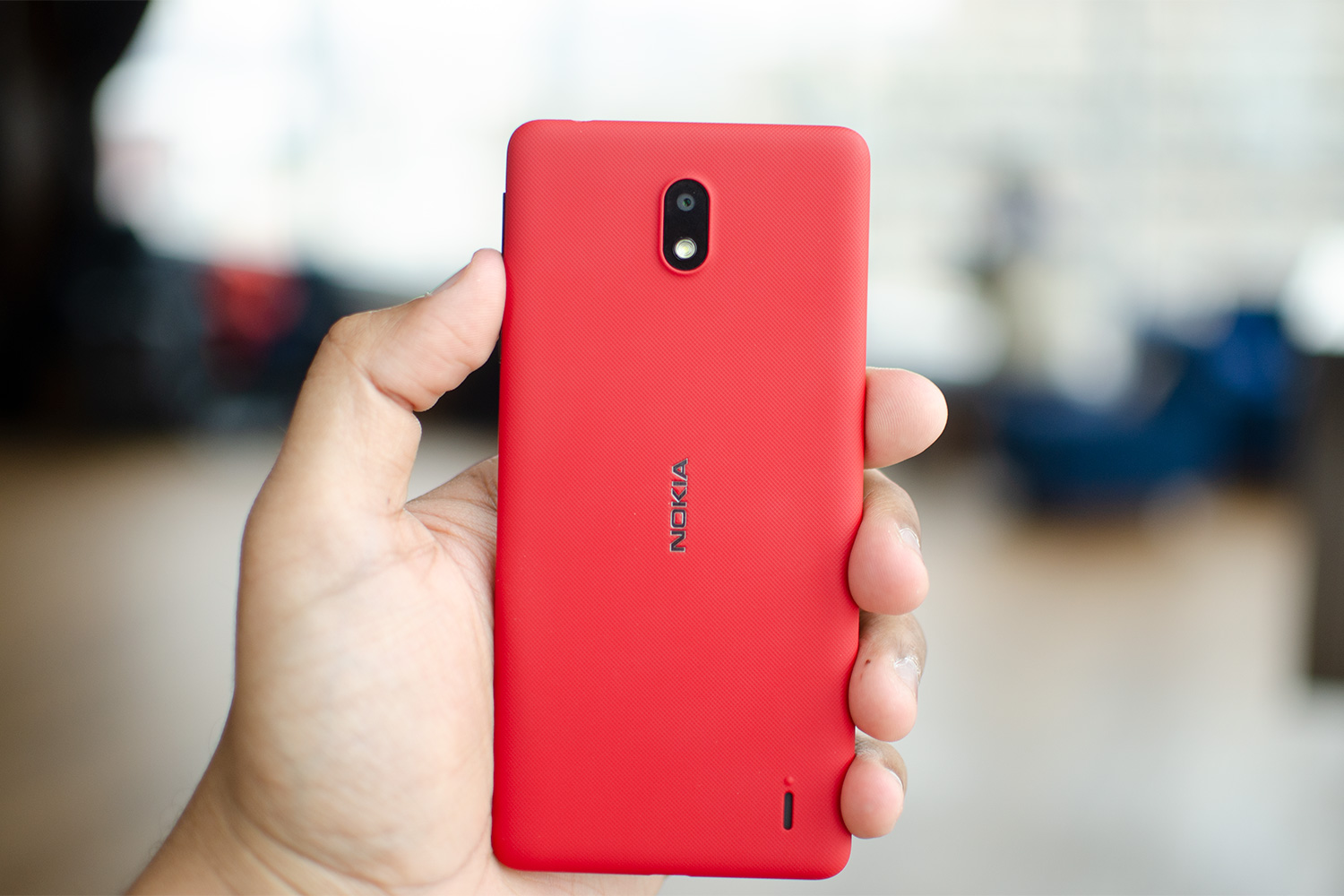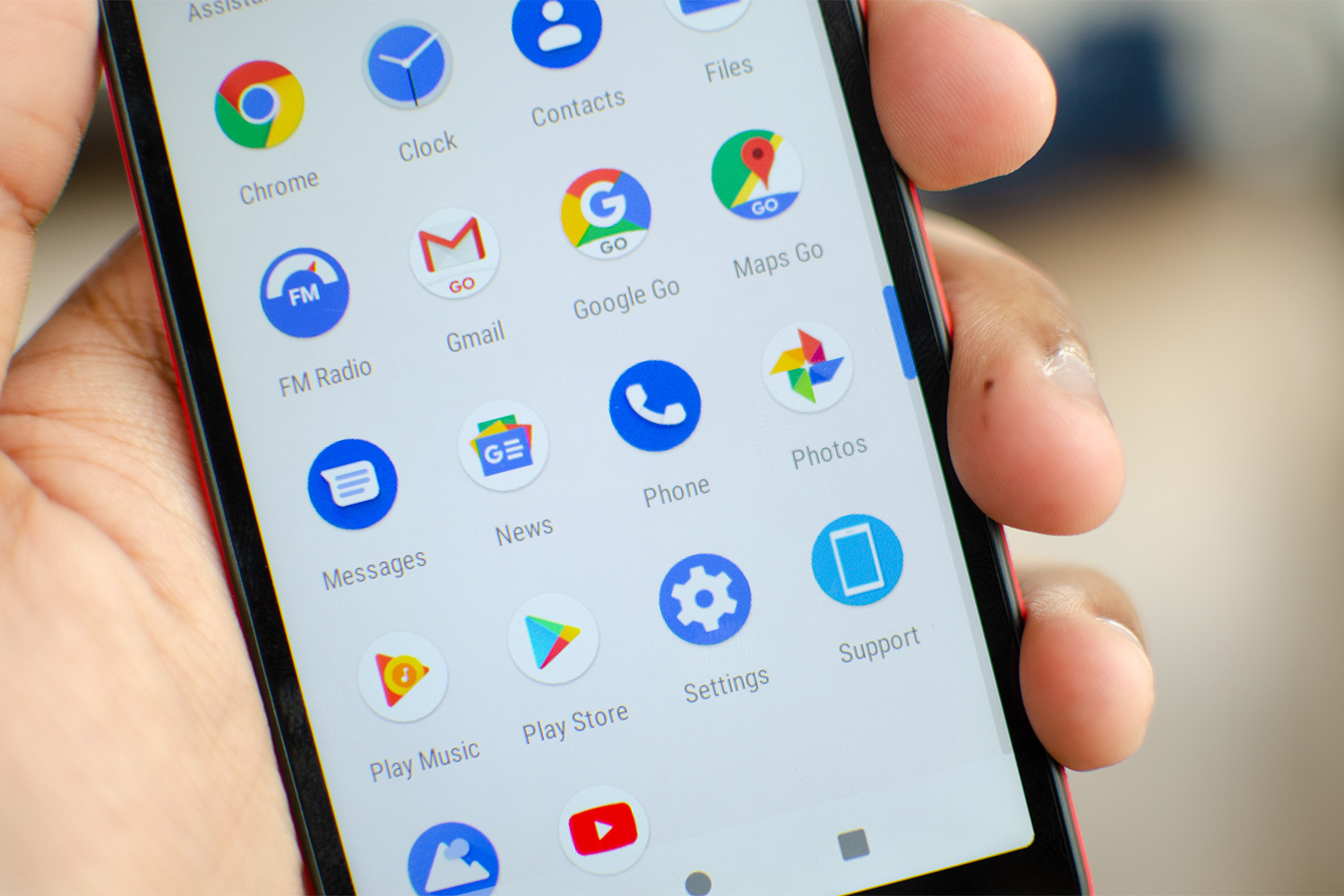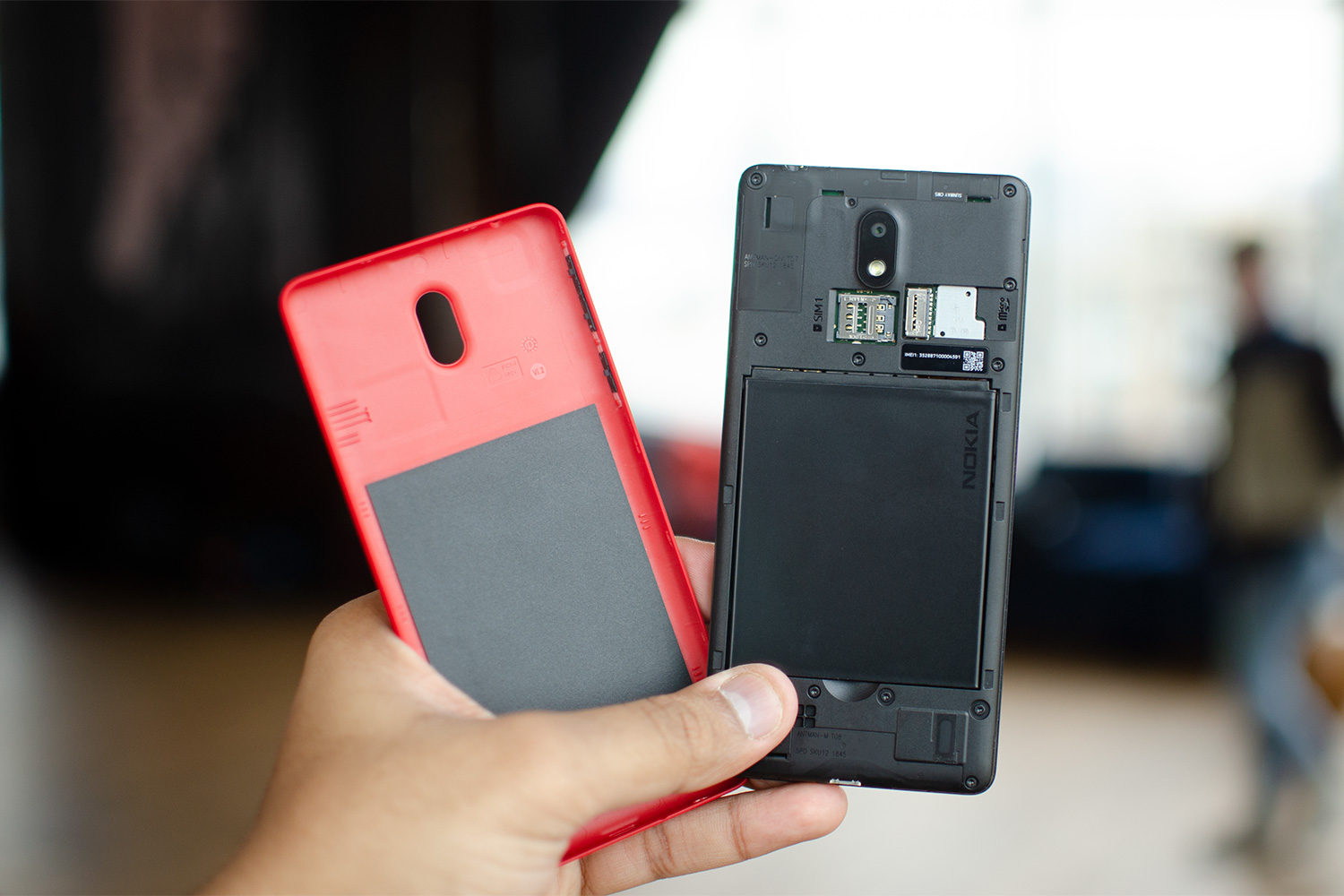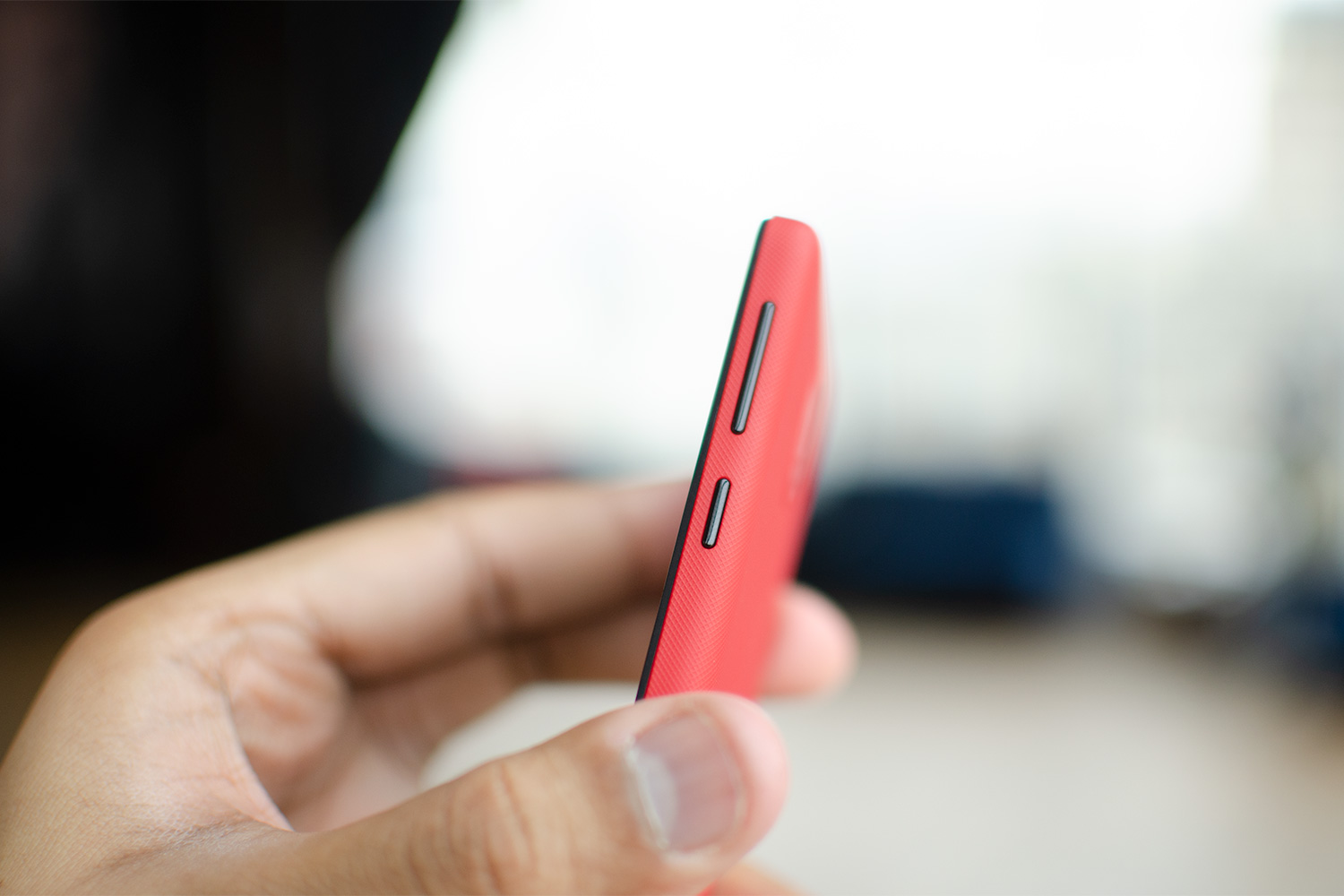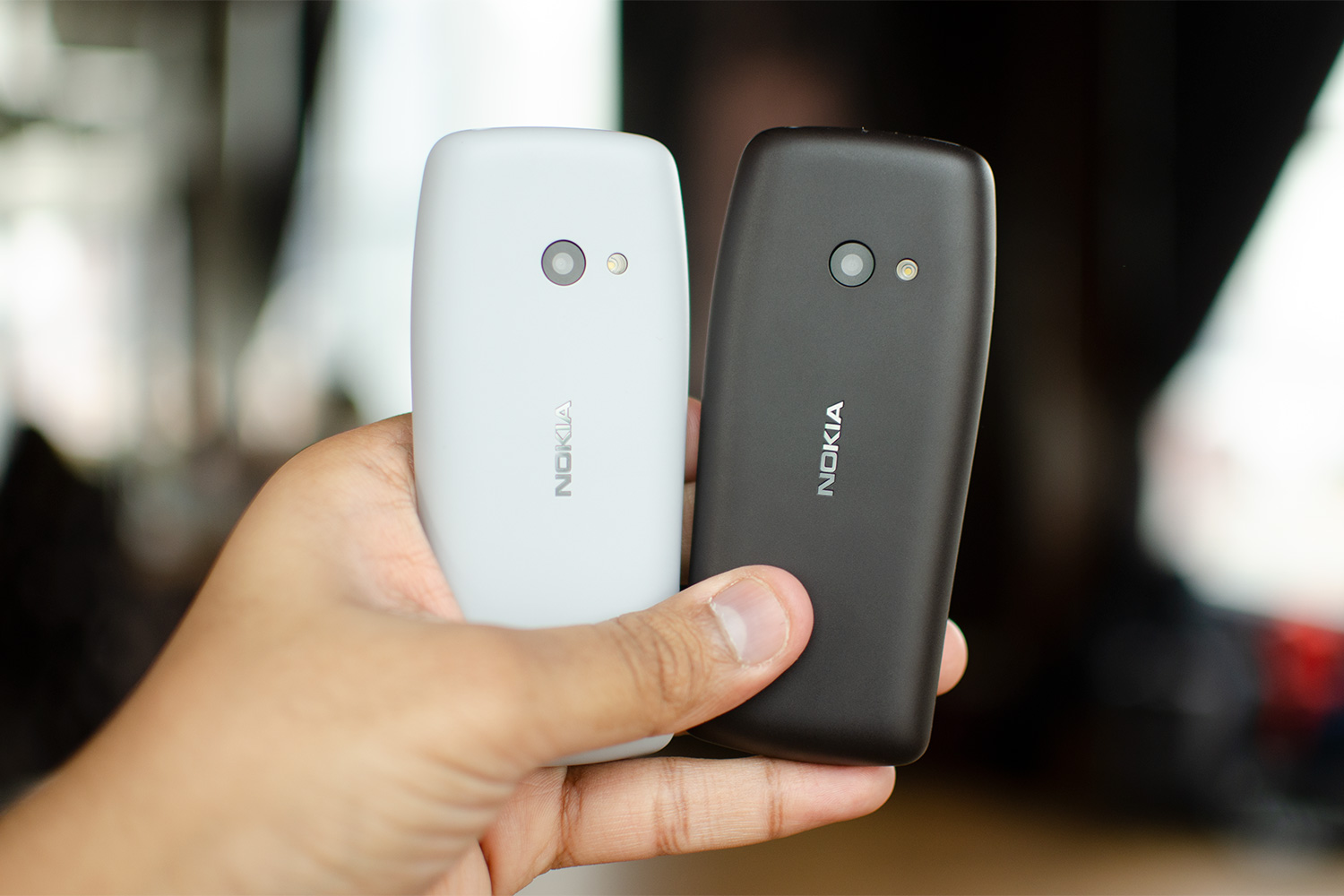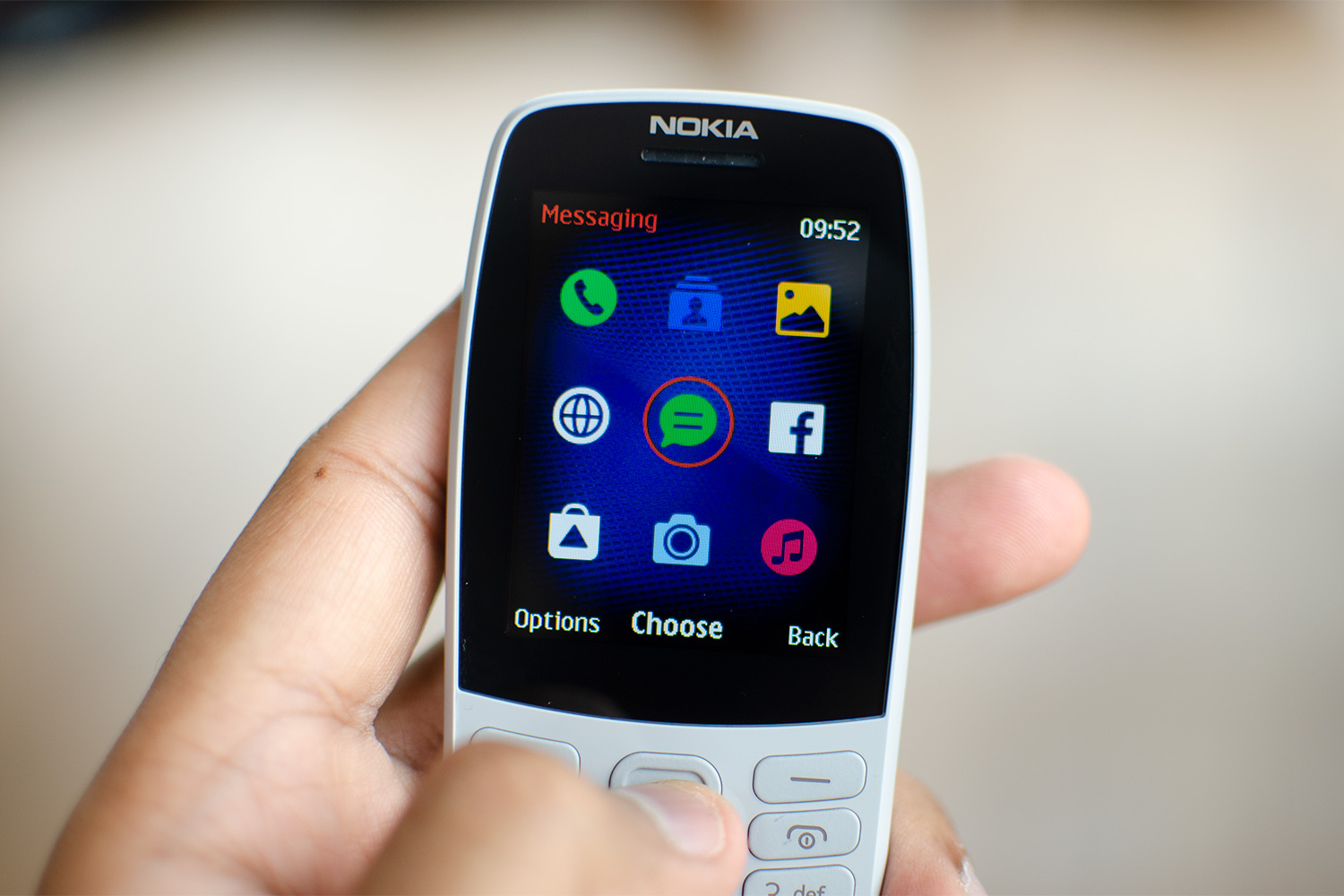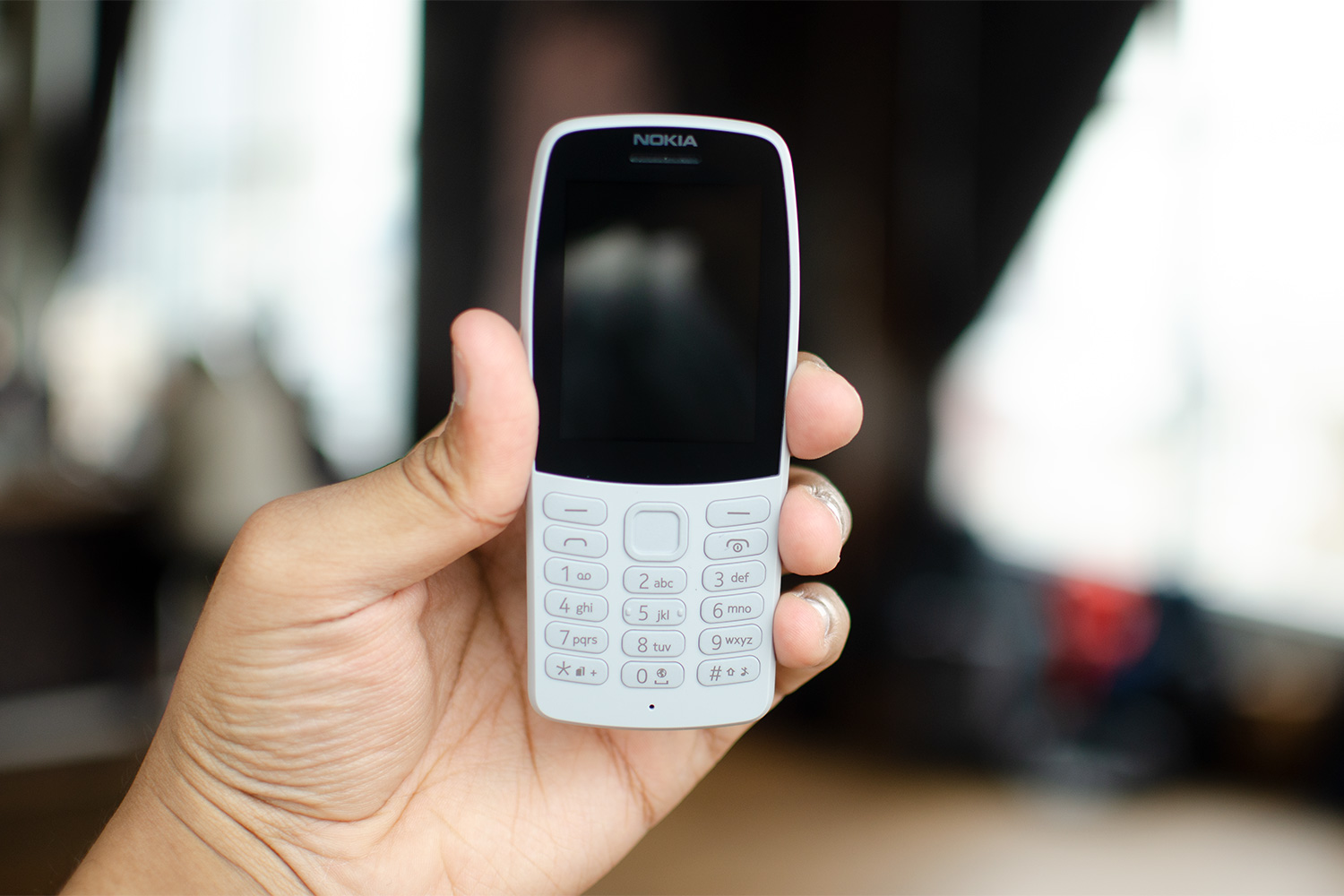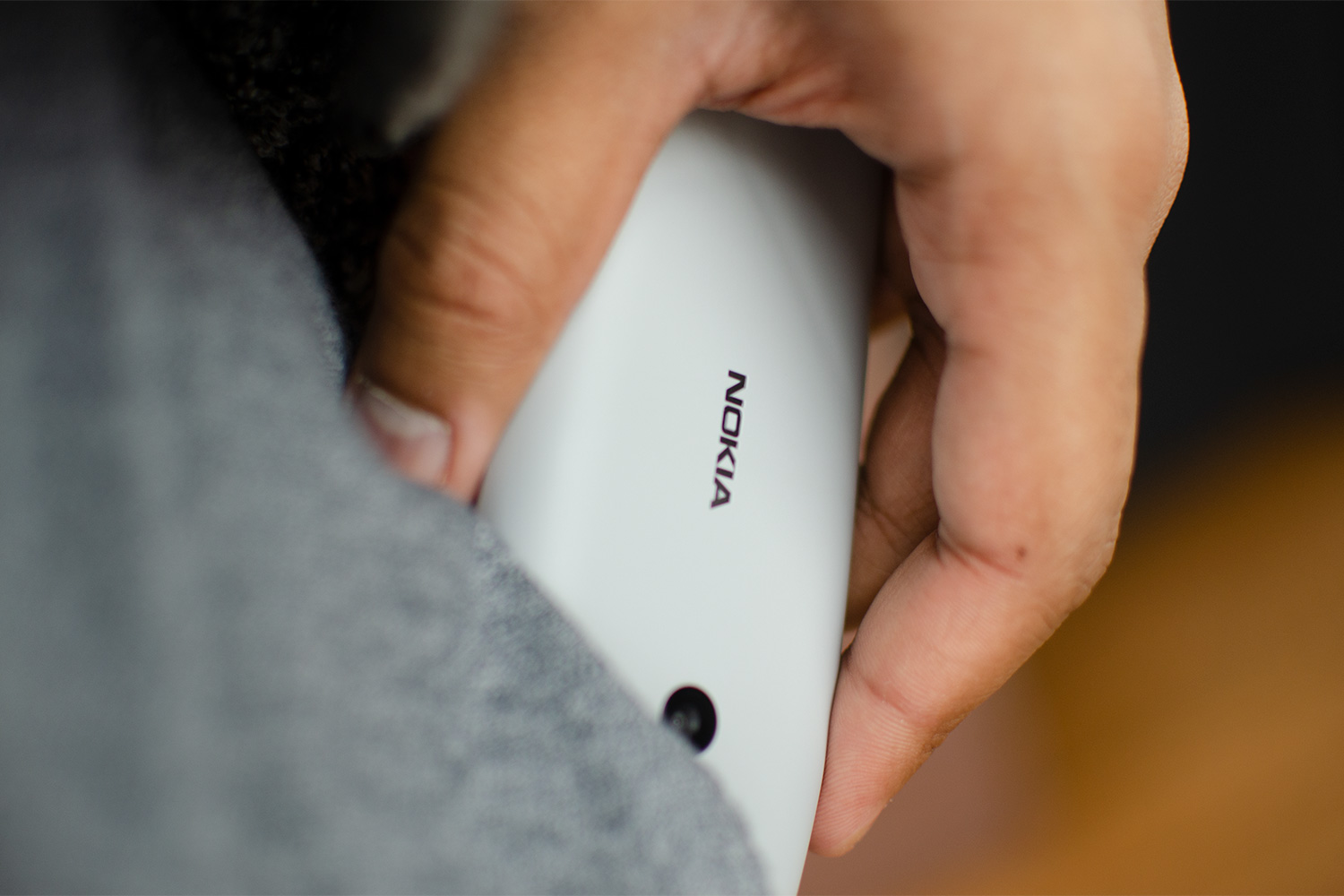It’s no secret that HMD Global, the Finnish startup that makes Nokia-branded Android phones, is putting most of its efforts into making budget-to-midrange devices. That focus was highlighted at Mobile World Congress 2019, where HMD debuted five smartphones — four of which cost less than $200. While the fifth phone — the Nokia 9 PureView — was the only one to arrive on U.S. shores initially, another is finally making its way.
Here’s what you need to know about the new Nokia 4.2, Nokia 3.2, and Nokia 1 Plus, as well as a feature phone, the Nokia 210.
Nokia 4.2
Like Motorola and its new Moto G7 range, HMD is focused on making its latest budget phones look good. The Nokia 4.2 has slim bezels around the sides of the screen, as well as a teardrop notch at the top. There is a “chin” or bottom bezel, which has the Nokia logo. It’s a polycarbonate frame with a metal unibody, but the back and front are covered with glass for a more premium feel.
There is a fingerprint sensor on the back, below a dual-camera system. Its one 13-megapixel main camera is paired with a 2-megapixel depth-sensing camera, meaning you should be able to snap some decent Live Bokeh photos, which works like Portrait Mode on other phones by adding blur behind a subject. The teardrop notch on the front has an 8-megapixel camera for selfies.
The Nokia 4.2 has a 5.71-inch screen with an HD+ resolution, as well as a 19:9 aspect ratio. Its size makes it quite compact to hold, and the phone isn’t too thick. It’s under the Android One program, which means it runs stock Android 9 Pie without any bloatware, and it will get version updates for two years and security updates for three years. All of this is powered by Qualcomm’s Snapdragon 439 processor with 2GB of RAM and 16GB of internal storage. There is a 3GB RAM and 32GB internal storage variant as well. You should expect enough performance to do a handful of tasks, but not much more. In our brief time, we noticed the phone occasionally stuttering simply moving around the operating system, so heavy gaming won’t do well.
Along with a headphone jack, HMD has added an NFC chip, which means you can use the phone for contactless payments via Google Pay. This is something you won’t find on Motorola’s latest U.S. budget phones. There’s also a dedicated Google Assistant button on the left edge of the phone that lets you quickly chat with the artificially intelligent voice assistant, which is a new feature on phones from HMD. Double tap the button to get a Visual Snapshot of your day, meaning you can quickly glance at dinner reservations from Gmail, reminders, traffic updates, and more.
To keep it all chugging along is a 3,000mAh battery, but sadly the phone uses a MicroUSB port for charging instead of the more universal and versatile USB-C port.
The Nokia 4.2 costs $189 for 3GB RAM and 32GB of storage, putting it head-to-head against the Moto G7 Play. It comes in pink sand or black color options, and it’s now available to purchase from both Amazon and Best Buy.
Nokia 3.2
The Nokia 3.2, as the name suggests, is even more affordable than the Nokia 4.2, though it does have a bigger 6.26-inch screen (also with a teardrop notch). The killer feature here is the 4,000mAh battery, which HMD said should keep the phone going for two full days.
It’s a bigger screen, but there’s a similar HD+ resolution, as well as the 19:9 aspect ratio. It’s also an Android One phone running Android 9 Pie, but there’s a weaker Snapdragon 429 processor inside with 2GB RAM and 16GB of storage. Like the Nokia 4.2, a 3GB RAM and 32GB storage model is also available.
We’re not fans of the back design, which looks a little dull, but the build quality feels solid as usual. This phone also has a dedicated button on the left side for Google Assistant, as well as an LED light in the power button on the right to indicate when notifications come through. There’s a MicroUSB port on the bottom to charge the massive battery.
There’s a 5-megapixel camera on the front, with just a single 13-megapixel camera on the rear, where you’ll see no fingerprint sensor. Instead, the phone uses the front camera for facial recognition, though this isn’t secure enough to use for unlocking banking apps or for authenticating purchases (this is present on the Nokia 4.2 as well).
The Nokia 3.2 retails for $169 for the 3GB RAM option, or $139 for the 2GB RAM model. It’s available in Europe, but there’s no word on U.S. availability yet.
Nokia 1 Plus
HMD’s first Android Go smartphone was the Nokia 1 that debuted last year. Android Go is a lighter, smaller version of Android that’s designed to run on phones like this, which have 1GB RAM or less. Most of the apps that come pre-installed are Go apps, like Google Go, Google Maps Go, or even Google Assistant Go. These apps require less processing power and take up less space, which is helpful as these phones have little internal storage. The newest Android Go phone is the Nokia 1 Plus, and it’s a supersized version of the original from 2018.
The Nokia 1 Plus has a 5.45-inch screen with a 18:9 aspect ratio (its predecessor has a 4.5-inch screen), so it’s no where as close to any normal “Plus-size” phones. It’s easy to use one-handed, and the sofrware it runs is and it runs Android Go (Pie edition). Unlike Android One phones Android Go phones don’t have the same commitment to version and security updates, so don’t expect the same kind of software support. The screen is surrounded by chunky bezels, with a front-facing 5-megapixel camera. The rear camera is packed with 8 megapixels.
The phone’s back has a 3D nano-pattern design, which offers additional grip. It’s still removable (there are various color options to choose or swap the back to), and that also means you can take out the 2,500mAh battery. Around the phone, you’ll find a headphone jack and a MicroUSB port. It’s all powered by a MediaTek processor (MT6739WW) with 1GB of RAM, so don’t expect speedy performance.
HMD sells the phone for $99 for the 8GB storage option. There’s no word on whether it will come to the U.S., but it’s available in Europe.
Nokia 210
The final phone will — like the Nokia 9 PureView — turn heads. Not because it has five cameras, but because it’s the only feature phone in this list. HMD said it’s the number one feature phone brand globally, and it’s planning on keeping that momentum with the Nokia 210.
Meant for emerging markets where data plans and smartphones are pricey, the Nokia 210 is a viable alternative as it only costs $35. It has a tiny, 2.4-inch QVGA display (320 x 240), and a VGA camera on the back. It supports dual SIM cards, so you can use two numbers on one phone. It features a removable 1,020mAh battery, a MicroUSB port, a headphone jack, as well as 16GB of internal storage. There’s also a mobile app store where you can download some apps and games, but don’t expect anything akin to the Google Play Store. Classic Snake is pre-installed, in case you want to fuel your nostalgia even more.
We love the size of the phone, and holding such a small device made us feel nostalgic and long for compact phones. It looks charming. Unlike some of HMD’s other Nokia feature phones, the Nokia 210 doesn’t run KaiOS, but a proprietary operating system instead.
The Nokia 210 is available in Europe. There’s no word on a U.S. release date yet.
Updated on May 14, 2019: The Nokia 4.2 is now available in the U.S.

